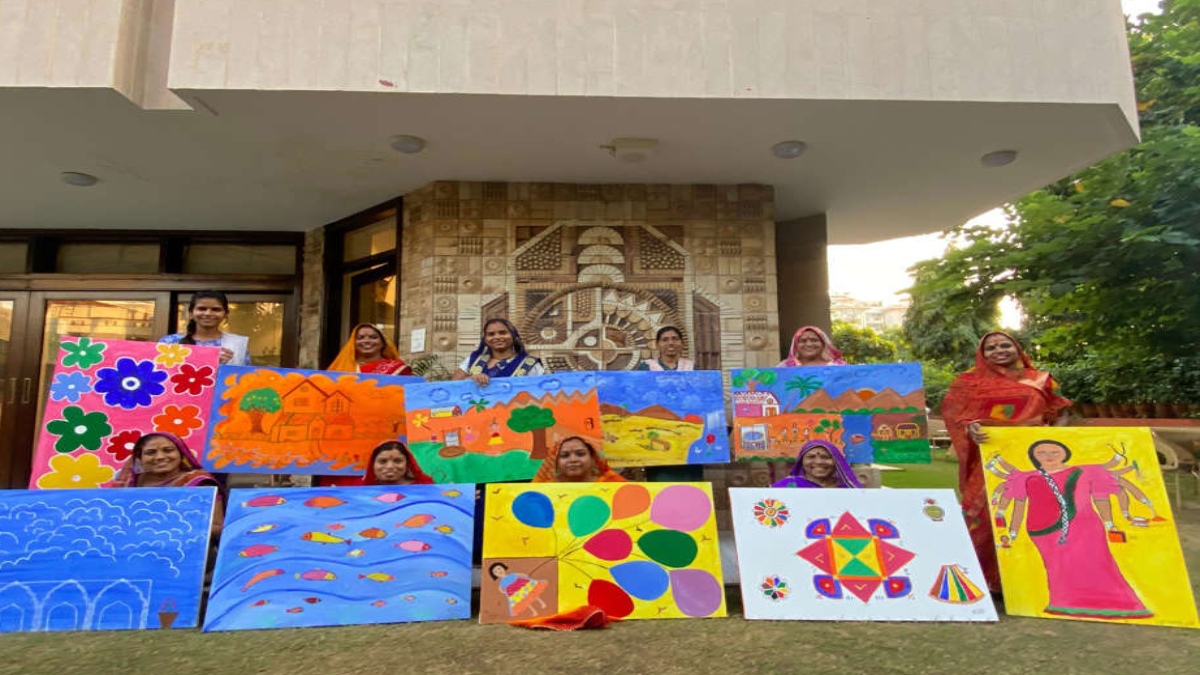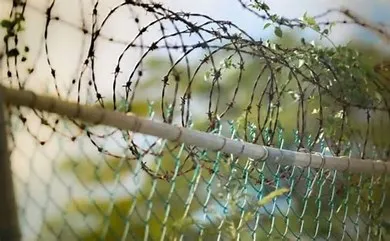“A painting is not a picture of an experience, but is the experience.”
-Mark Rothko
The intimacy with art has a sense of satisfaction, visually evoking a sense of being, followed by the sense of representing on the canvas, that can be understood from Rothko’s works of art. The manifestation of art lies in the way of its accessibility, beyond a question of the principles of aesthetics and relevance in the contemporary times that is attached to the craft. The Pandemic slowed down the entire economy and the art businesses globally had to shut doors and cancel auctions and events that were scheduled in the physical timelines and calendars.
This has propelled the stakeholders of the art world to move beyond the traditional format operating in the industry and embrace the contours of the digital space to make the art accessible, thereby democratizing it. The digital-first initiatives are especially wonderful for their accessibility features. The major art galleries and museums had resorted to digital tours of their art galleries, holding online lectures and even auctions that have happened online. The growing trend of NFTs have taken over a major part of the art sales and have broadened the horizon for the artists, art collectors and the general public interested in art. They are projected worldwide as a disruptive means in the traditional art space,but in turn have contributed largely to the stable growth of the art market even during the pandemic. 2021 has seen a massive growth with sales of over 15.6 billion Euros from the auctions alone, growing over 60 percent from the figures in 2020.
In the first Quarter of 2022, Rene Magritte’s Empire of the Lights(1961), painted for Baroness Anne-Marie Gillion Crowet, was auctioned by Sotheby’s for a whooping 79.3 million dollars. The others that closely followed would be German Expressionist Franz Marc’s The Foxes(1913) sold for $56.8 million at Christie’s London, Sandro Botticelli’s The Man of Sorrows, auctioned for $45.4 Sotheby’s (New York) among others as reported from the Artprice. Back home, Saffronart’s first auction in 2022 had been a stellar show with Tyeb Mehta’s Untitled/ Bull on Rickshaw(1999) being auctioned for $5.59 million. Masanori Fukuoka’s Glenbarra Art Museum in Japan has collections of over 60 Indian Artists and in 2022, one of the untitled V.S. Gaiotonde’ paintings were sold globally for the highest bid ever of 42 crores in the Pundole’s auction.
In the new age art space, the themes have become transcendental and the pandemic has shown how one needs to cope up by means of introspection. Raghava KK’s work, La Petite Mort, meaning in literary terms to briefly lose consciousness. It was auctioned at Sotheby’s for an astounding $94500. With the growth in technology and the art, NFT wave is far from being sedimented in the coming days and has a greater role to play in the new art ecosystem. The interaction of such a new form of art with the growing trends in digital currencies shall be put under regulatory framework for a sustainable future of the art.
The pandemic also saw the entry of new art collectors, artists who took the best of the offering from engaging at the online art fairs, online auctions and have pushed themselves forward, which they might not have done otherwise. The India Art Fair also held a huge show after two years in 2022 and the traditional galleries have also worked up the trade to make their presence felt online and connect with the buyers, artists and collectors. India’s first blockchain powered ecospace for the visual art, Terrain.art , founded by Aparajita Jain also organized India’s first NFT show and have connected with artists globally, educating art enthusiasts over the integration between art and the Artificial Intelligence and with the launch of Terrain Open.
The Verandah Art Gallery Kolkata, a boutique gallery, already had an online presence in terms of a website and other social media forums pre – pandemic. “We have seamlessly increased our initiatives to a wider reach of clients through consistent efforts, in terms of privately circulated catalogues to our regular clients who in turn provide word of mouth publicity and by forwarding the catalogues of the latest offerings to their contacts, help get us new art loving customers. We also encourage artists to send us the images rather than the physical artworks, in order to enable them to simultaneously showcase at multiple platforms, thereby enhancing sales prospects for them, which is highly encouraging.”, says Myna Kakar, the curator and owner of the Verandah Art Gallery.
Srotoswini Sinha, an emerging artist from Kolkata, currently studying at Nuova Accademia di Belle Arti in Milan believes, “Most of the independent emerging artists do not get the chance that they deserve as there is paucity of funding and the art galleries often step back at the thought of showcasing works of new artists . Digital platforms have immensely helped, especially after the Pandemic with online exhibitions promoting the entry of such new artists. Post- pandemic has seen greater open calls, advertised through various social media portals has been a boon for the artist. In the similar thread, one of my own submissions, which I got to know through a similar open call, shall be printed in the forthcoming edition of Turn it Around! flashcard sets which were distributed at the COP26 in Glasgow.” The same event was organized in collaboration with the Artists’ Literacies Institute, Arizona State University, Open Society Foundations and UNESCO.
The struggle for art to find its most revered place is a struggle only artists and art enthusiasts understand. More than the appreciation of the creation, there is a greater responsibility of the art to find its real value. This makes me turn to the last interview of Andy Warhol where Paul Taylor asks if a better commercial artist is the one who sells more work of art, to which Warhol says, “I don’t know. When I started out, art was doing down the drain. The people who used magazine illustrations and the covers were being replaced by photographers. And when they started using photographers, I started to show my work with galleries. Everybody also was doing window decoration. That led into more galleries. I had some paintings in a window, then in a gallery.” This places importance on how the world of art and the sale of art have undergone a major shift over the ages and the facts and the figures shows why art must be seen in the future as a major and unique asset class whose appreciation and proper valuation is a must.






















